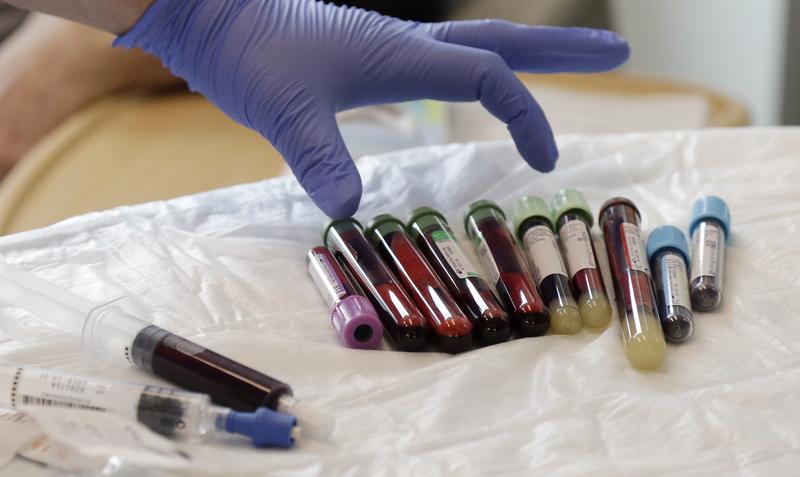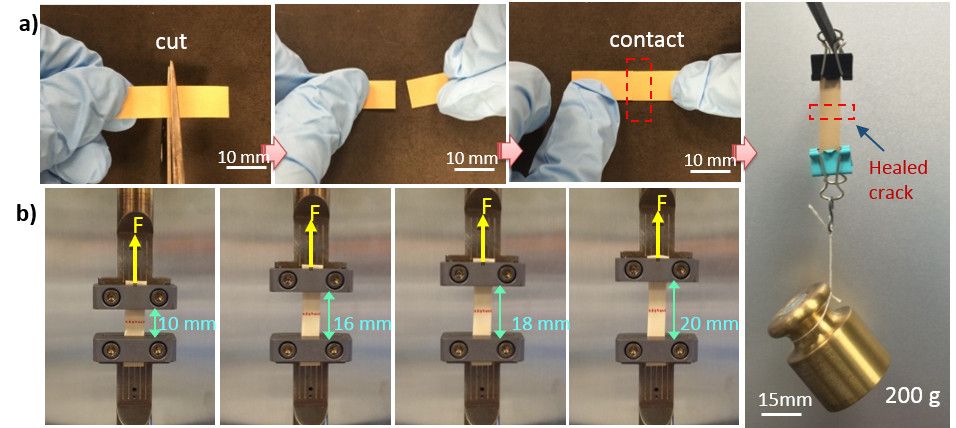Feb 21, 2019
Here’s the Only Picture Ever Taken of Concorde Flying at Mach 2 (1,350 Mph) in April 1985
Posted by Mary Jain in categories: climatology, military
The only picture ever taken of Concorde flying at Mach 2 (1,350 mph). Taken by Adrian Meredith from an RAF Tornado fighter jet, which only rendezvoused with Concorde for 4 minutes over the Irish Sea: The Tornado was rapidly running out of fuel, struggling to keep up with Concorde at Mach 2.
The only photo of a Concorde flying at Mach 2 taken by Adrian Meredith from an RAF Tornado attack fighter over the Irish Sea in April 1985.

 The only photo of a Concorde flying at Mach 2 taken by Adrian Meredith from an RAF Tornado attack fighter over the Irish Sea in April 1985.
The only photo of a Concorde flying at Mach 2 taken by Adrian Meredith from an RAF Tornado attack fighter over the Irish Sea in April 1985.















